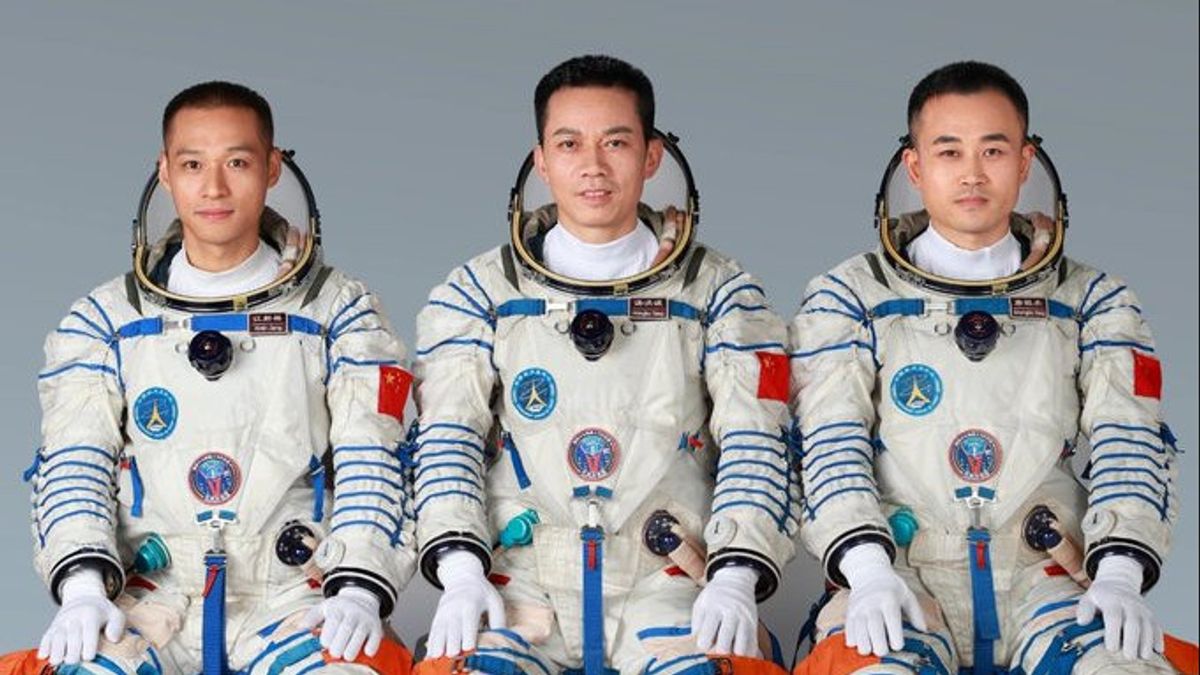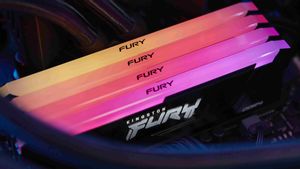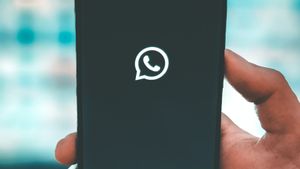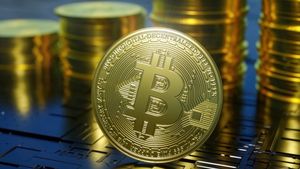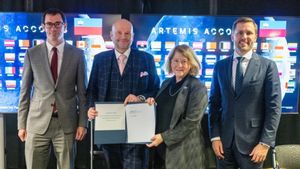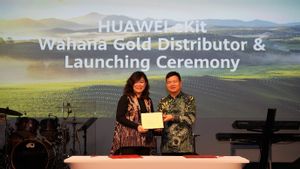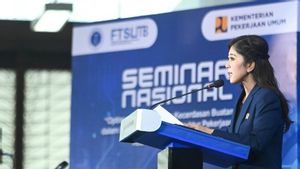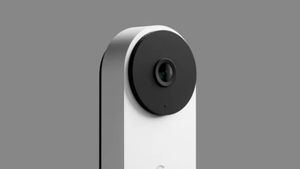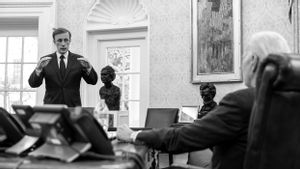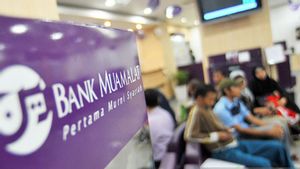JAKARTA - China's youngest astronauts flew to the space station on Thursday, October 26, to pave the way for a new generation of "taikonauts" to fuel the country's future space ambitions.
The Shenzhou-17 spacecraft, or "Divine Ship," and its three passengers took to the skies aboard a Long March-2F rocket from the Jiuquan Satellite Launch Center in northwest China.
Kicking off the six-month mission is former air force pilot Tang Hongbo, 48, who also took part in the first manned mission to the space station in 2021.
Tang's return to the Tiangong space station, or "Heavenly Palace" in Chinese, also set a new record for the shortest time interval between two spaceflight missions by a taikonaut, a term derived from the Chinese word for outer space. which suggests a faster rotation of taikonauts in the next few years.
Tang, from China's second group of astronauts in 2010, had to wait more than a decade before being selected for her maiden space flight in 2021.
In contrast, fellow Shenzhou-17 crew members Tang Shengjie, 33, and Jiang Xinlin, 35, both performed spacewalks for the first time. They joined a third group of Chinese astronauts in September 2020.
China has begun the selection process for its fourth group of astronauts, seeking candidates with doctoral degrees in disciplines ranging from biology, physics, chemistry, biomedical engineering and astronomy. This process is also open for the first time to applicants from Hong Kong and Macau.
The first and second groups of astronauts were all former air force pilots, like Tang, who joined the People's Liberation Army in 1995 at the age of 20.
Foreign Astronauts
The selection and training process will begin soon for foreign astronauts who want to participate in the joint flight to Tiangong, a senior official with China's manned space program said this year.
However, China continues to show efforts to internationalize its space missions, its space program has distinctly Chinese characteristics, at least in Tiangong.
In contrast to the International Space Station (ISS) led by NASA, where the working language is English, only Chinese is used at Tiangong. This makes Chinese language skills an important criterion for foreign astronauts who want to take part.
SEE ALSO:
Tiangong has become a symbol of China's confidence in its space efforts after being excluded from the ISS program for decades. China is prohibited by US law from collaborating, either directly or indirectly, with NASA.
Tiangong, which will be completed in late 2022, can accommodate a maximum of three astronauts at an orbital altitude of up to 450 km and will have an operational lifespan of more than 15 years.
The Shenzhou-17 astronauts will replace the Shenzhou-16 crew, which arrived at Tiangong in late May.
The Shenzhou-16 crew, consisting of veteran astronauts Jing Haipeng, Zhu Yangzhu, and Gui Haichao, is scheduled to return to Earth on October 31. Zhu and Gui, both in their 30s, are from China's third group of astronauts.
Shenzhou-17 marks China's 12th manned mission since Yang Liwei's solo spaceflight in October 2003, as the first Chinese citizen in space.
The English, Chinese, Japanese, Arabic, and French versions are automatically generated by the AI. So there may still be inaccuracies in translating, please always see Indonesian as our main language. (system supported by DigitalSiber.id)
